La denominazione Etna D.O.C è una delle più importanti della tradizione vinicola della Sicilia. Creata nell’agosto 1968, si sviluppa lungo le pendici del vulcano Etna, le cui proprietà donano ai vari vigneti che vi crescono, una serie di caratteristiche peculiari. Scopriamo insieme i principali vini e vitigni dell'Etna e le caratteristiche che li rendono unici al mondo!
Le caratteristiche del territorio
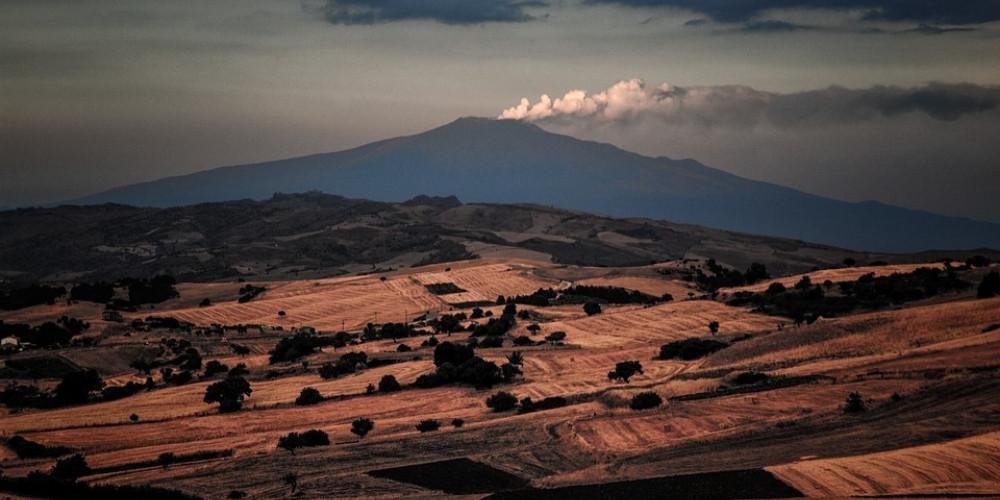
La particolare conformazione del territorio, in pietra lavica, dà ai vini che ne derivano, un sapore ricco e pieno, caratterizzato da una leggera sapidità. Per le caratteristiche particolari di suolo e clima, nettamente diverse da tutto il resto della Sicilia, la zona etnea può essere definita “un’isola nell’isola”. Il suolo è ricco di elementi di natura vulcanica (ceneri, sabbie, lapilli e pomice) che consentono di ottenere uve di alta qualità.
I vigneti dell’Etna sono tra i più alti d’Italia e del mondo. Proprio sui terreni lavici e neri, si stanno sperimentando metodi innovativi per valutare gli effetti che hanno sulla produzione di vino.
L’innovazione delle nuove tecniche si incontra con i metodi tradizionali del terrazzamento e le così dette viti allevate ad alberello. L'altitudine dove crescono e nascono questi vini, ha dato vita ad una delle produzioni più ricche, celebrate e conosciute in tutto il mondo. Infatti il disciplinare della denominazione Etna DOC è rimasto immutato nel tempo, nonostante la miriade di cambiamenti avvenuti nei metodi di vinificazione, nella viticoltura, nel mercato del vino e nelle preferenze dei consumatori.
I vini dell'Etna: Etna rosso ed Etna bianco
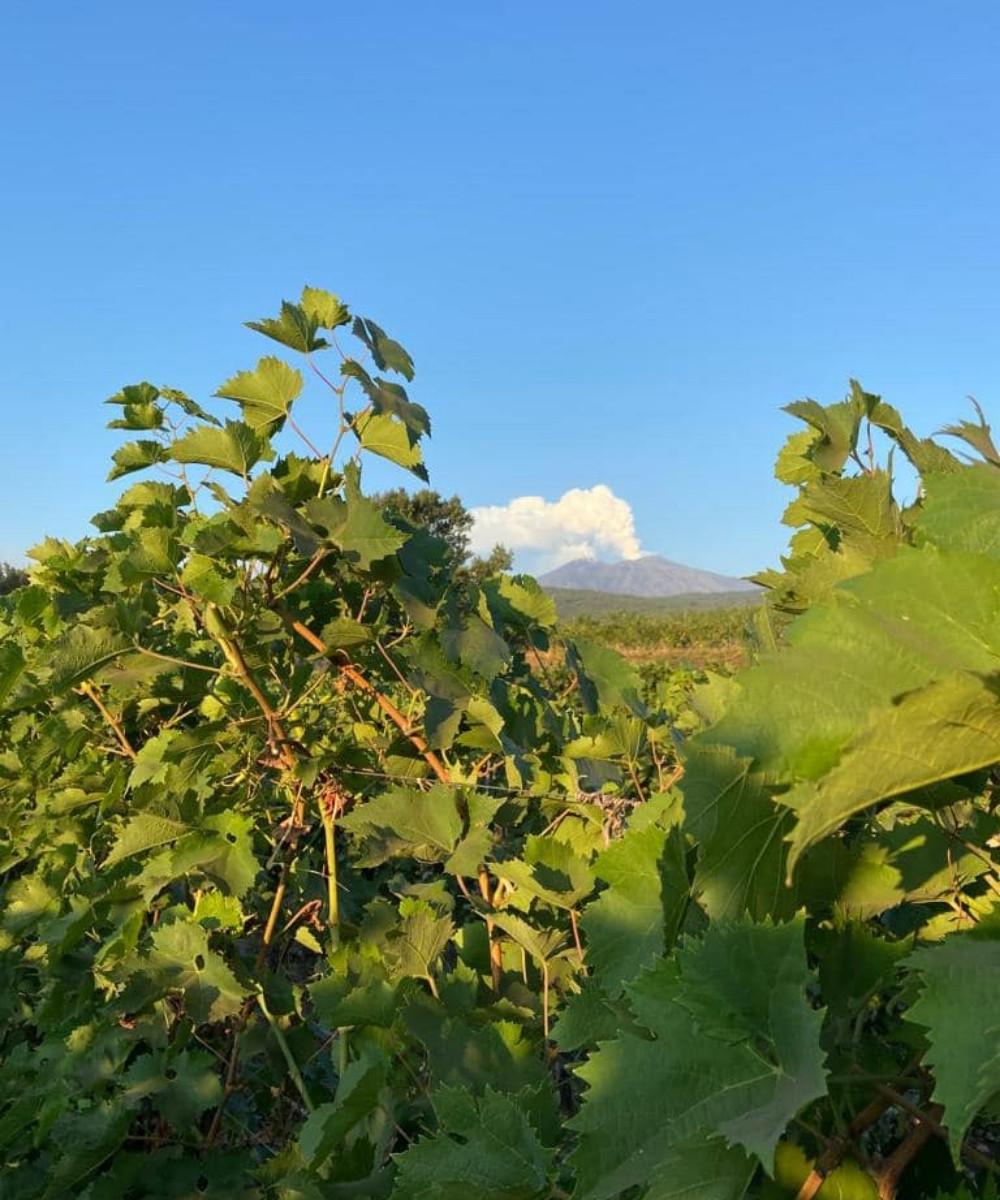
Tra Castiglione di Sicilia e Randazzo, passando per Catania ed Acireale, si trovano i principali vitigni dell’Etna. Per l’Etna rosso, che è il più comune e prodotto, prevalgono le uve del vitigno Nerello Mascalese con aggiunta fino al 20% di Nerello Cappuccio. E' un rosso secco, di colore rubino e profumo intenso. E' un vino che si aggira attorno ai dodici gradi e mezzo ed è bene abbinarlo a piatti corposi come primi e secondi di carne.
L’Etna bianco DOC invece, è composto per almeno il 60% da uve Carricante, cui si aggiunge il Catarratto, l’uva bianca più diffusa della Sicilia, e altri vitigni presenti in quantità minori. Ha un sapore fresco e secco e si abbina molto bene a qualsiasi piatto a base di pesce.
La Tenuta Sciglio
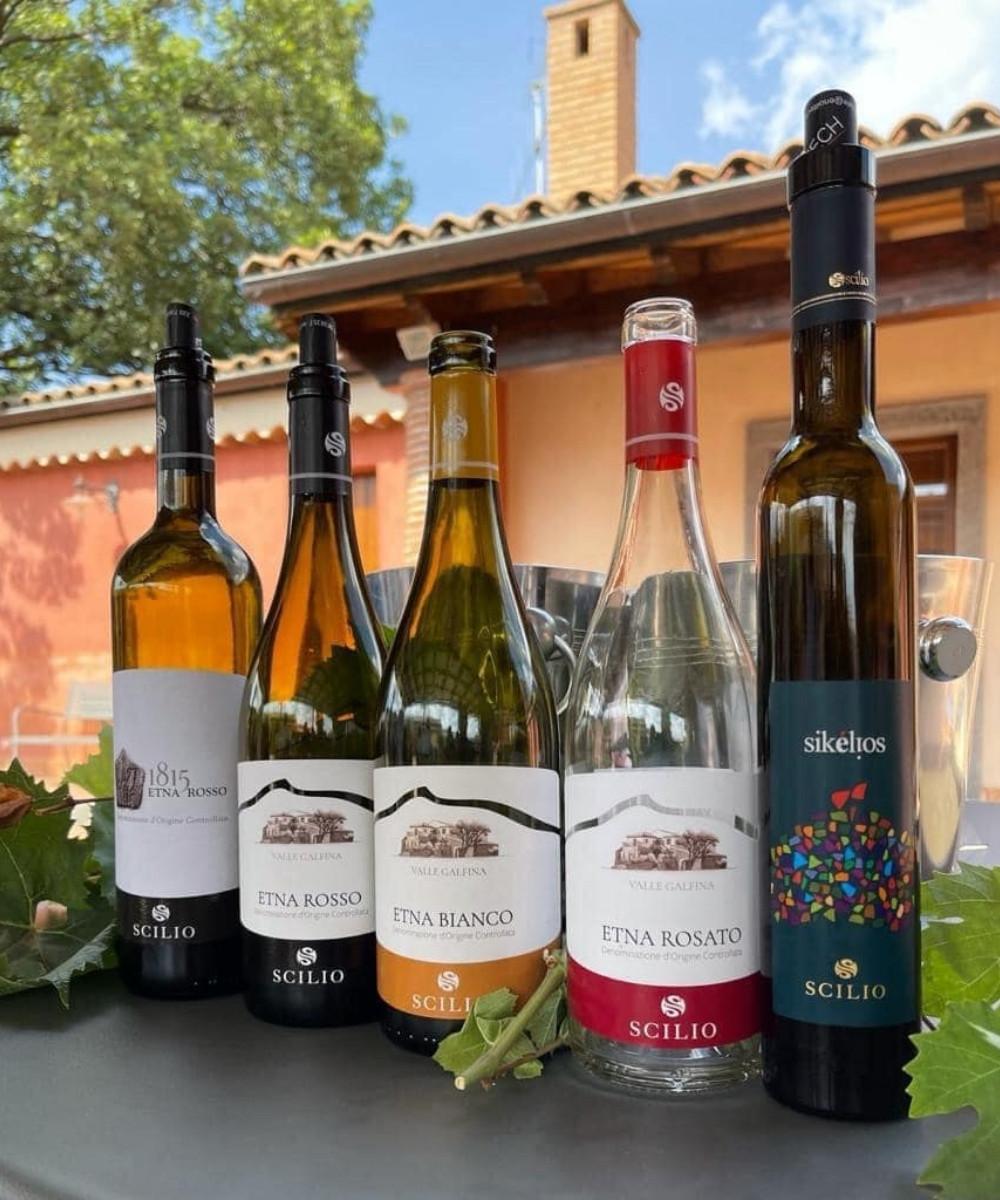
Nella zona di Contrada Valle Galfina (CT) la famiglia Sciglio, da ben cinque generazioni si dedica alla produzione di vini dell’Etna ed olio extra vergine di oliva. Alla Tenuta Sciglio, coltivare e produrre vini biologici significa prima di tutto curare i vigneti affinché conservino tutte le proprietà tipiche di questo territorio. I tanti visitatori possono assaporare vini biologici certificati Etna Doc e vivere una vacanza unica all'Agriturismo Valle Galfina, situato proprio all’interno della tenuta vitivinicola. La Tenuta inoltre, è un'ideale punto di partenza per la visita del vulcano Etna, Taormina e le zone di Catania e Siracusa!
SCOPRI I PRODOTTI DI TENUTA SCIGLIO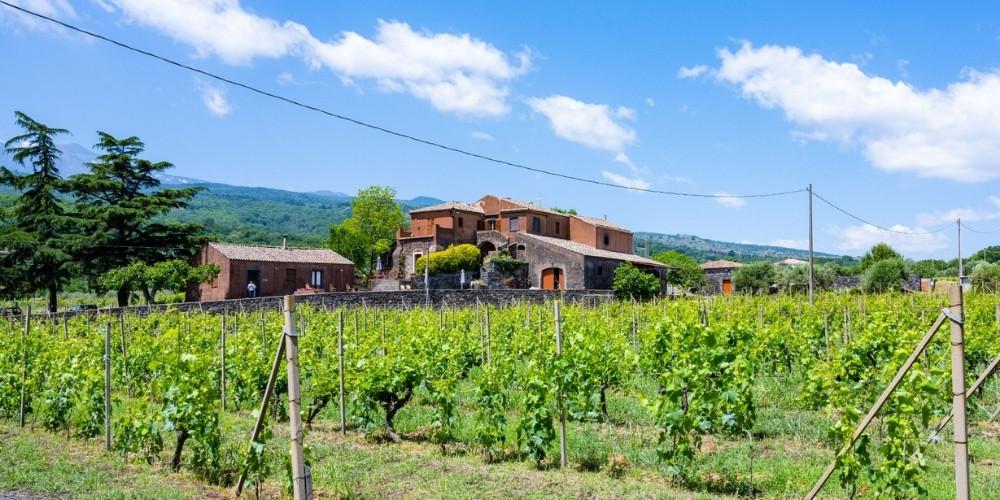
L'Agriturismo Valle Galfina è un antico casale padronale ristrutturato, circondato da terrazzamenti di viti ed alberi di ulivo. Con i suoi ambienti ampi, porticati e grandi spazi all'aperto, rispecchia l’architettura rurale etnea. Non mancano però elementi di modernità come la piscina all'aperto e camere dotate di tutti i comfort. Nel ristorante dell'Agriturismo Valle Galfina potrete gustare piatti tipici e ricercati, preparati con i prodotti del territorio etneo e siciliano. La famiglia Scilio vi accoglie all’interno della sua casa per farvi vivere un’esperienza all’insegna di relax, autenticità e gusto.
SCOPRI AGRITURISMO VALLE GALFINAL'autore
Scritto il 09/12/2020

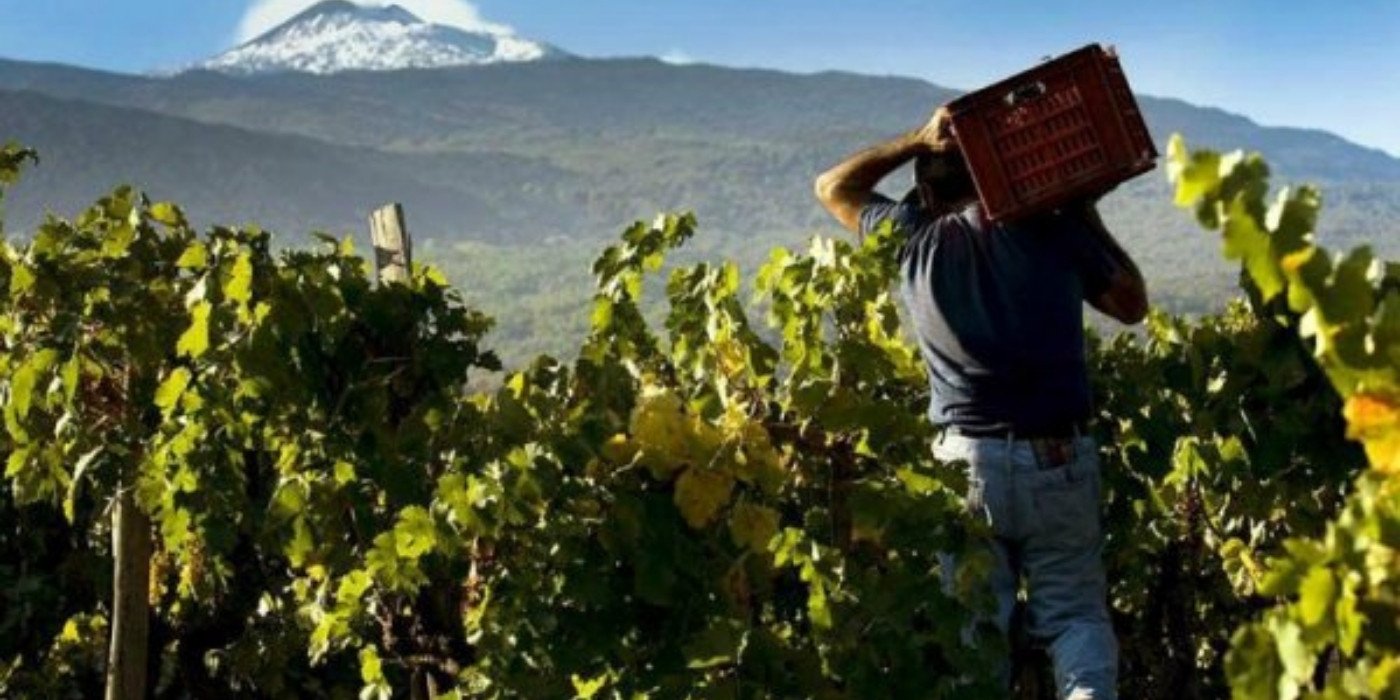

Eleonora Monaco
L'etna: le caratteristiche del suo territorio e dei suoi ottimi vini